the school
We provide an inclusive, innovative and differential vision
to the educational system of Geneva.
Our students are the center of the system and its protagonists.
Welcome to our school.

A word from our principal
Children have always been the motor and stimulus of our project:
our love for them and the enormous desire to want to improve education
and contribute through education to their development and well-being.
Year after year, we are proud to see its growth
and to verify their autonomy, with which they have already begun to read,
to pronounce the first words in English and Spanish, to write, to use mathematics. And, above all, to express themselves better and to respect, love and share
with other children.
We are pleased to see the results when they close their stage
in our center and move on to 3P, a stage they reach with confidence
and with the necessary knowledge to continue learning
and to continue writing the story of their lives.
Dulce Pérez, principal.
Growing along with Geneva
Since our creation in 2018,
we have been meeting the growing demand for differentiated,
personalised and innovative education.
We are a part of Geneva, its community and our teaching programme
is constantly evolving thanks to the trust placed in us by parents.
Dulce's Academy was founded
Dulce's Academy grows with you
Recognized as a school
Dulce is a school authorized by the Department of Public Instruction (DIP) since 19.07.2022 for teaching the first part of the elementary cycle, i.e. 1P and 2P
Dulce, School located at Geneva
The story of Dulce’s Academy Geneva is one of continuous improvement, dedication,
development and growth: of our company, but above all, of our pupils.
The growth of our pupils is our greatest motivation for continuing to grow as a school.
Why choose us?
helping them to build confidence and providing them with a solid foundation
from which they can grow and discover the world from their unique perspective.
are the most important period
for the neural development of children
(sensitive period).
Our educational vision
and different teaching styles to guarantee effective development
and the continuous improvement of our pupils’ skills and knowledge.
The Montessori approach
I can learn to do things on my own!
We help your child to build confidence and independence, while teaching them how to learn at their pace, working using the five senses and in harmony with nature.
"A child is not a vessel that is full, but a fountain that must be allowed to flow free." Maria Montessori.

Multiple intelligences
Working on multiple intelligences in children is today a strategic objective of early childhood education.
Gone are the times when society only considered intelligent those minors who knew how to read and write, or add and subtract.
Then other skills and abilities were not taken into account, such as the ability to relate to others, to express oneself from a plastic or kinesthetic perspective.
Today we are aware that intelligence cannot be conceived in the same way for everyone. We know that it encompasses many facets of the human being's personality.
In this sense, the studies of Howard Gardner stand out, which, since the end of the last century and the beginning of this one, have helped enormously to conceptualize this important advance for the education of each one of the individuals.
According to his theories, the following types of intelligence are established:
- Verbal: French, English, Spanish and sign language.
- Logico-mathematical
- Visual-spacial
- Kinesthetic: yoga, physical expression, judo, psychomotor
- Naturalist: nature excursions.
- Interpersonal
- Intrapersonal. Working on emotions.
- Musical

Early stimulation programmes
Between the ages of 0 and 6, the brain has incredible plasticity.
During this time, it can easily be molded with the aid of a supportive teaching programme that creates new neural connections. That will be essential in later development and in further education.
During the first stage of childhood, it is important to build the following skills:
- Psychomotor skills for personal autonomy
- Language and communication
- Relationship between the child and their physical and social environment
Early stimulation is essential for children to have a comprehensive evolution, both physical, intellectual, social and emotional. We are based on the Glen Doman early stimulation program.
Our team
in a coordinated manner to tackle all the challenges associated
with primary education and attend to each and every one of our pupils.

Dulce
Principal

Maxime
Deputy Director

Maria
Director of pedagogy

Paula
Secretary

Dulce
Secretary

Maria
Teacher
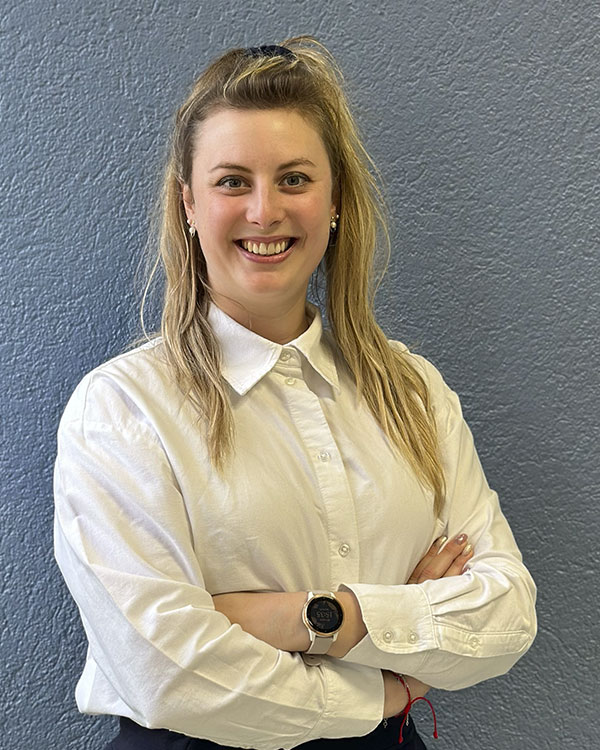
Amandine
Teacher

Alexandra
Teacher
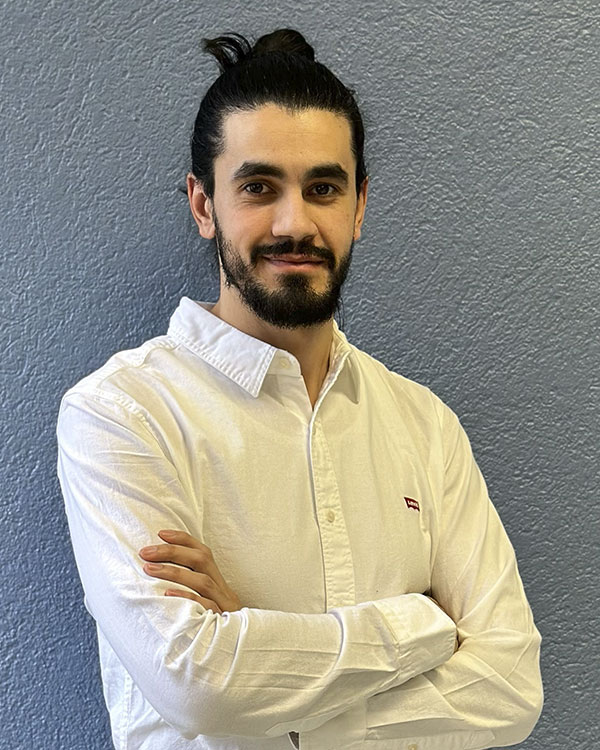
Nadir
Teacher
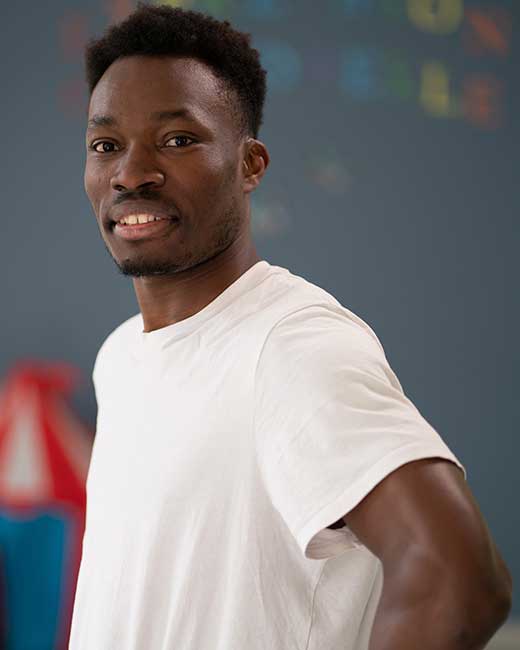
Louis Philippe
Teacher

Morane
Teacher

Michelle
English teacher

Cintia
Teacher
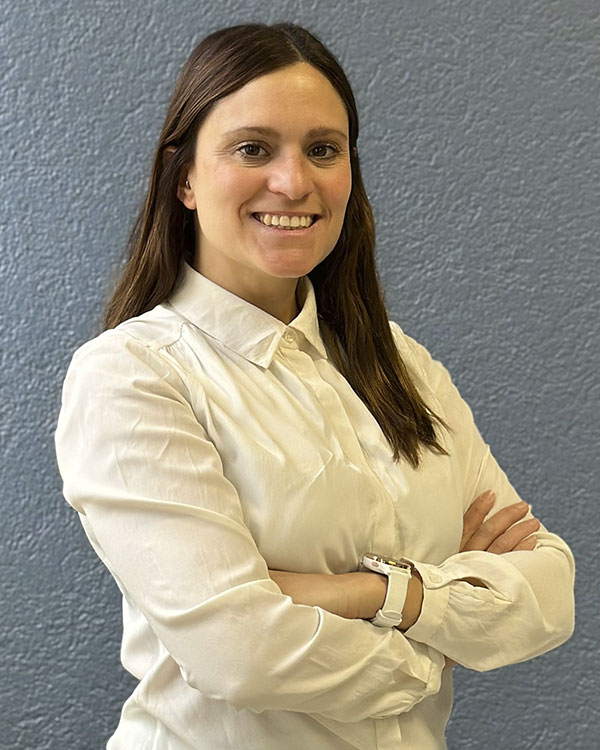
Beatrice
Teacher

Carmelita
Canteen manager

Mirlinda
Services staff

Tatiana
Services staff

Yamile
Services staff
Facilities
Their various resources, spaces and teams work to provide
a quality education for all your little ones.

Primary classrooms

Music and lecture classrooms

Language and art classrooms

Playgrounds

Sensory room
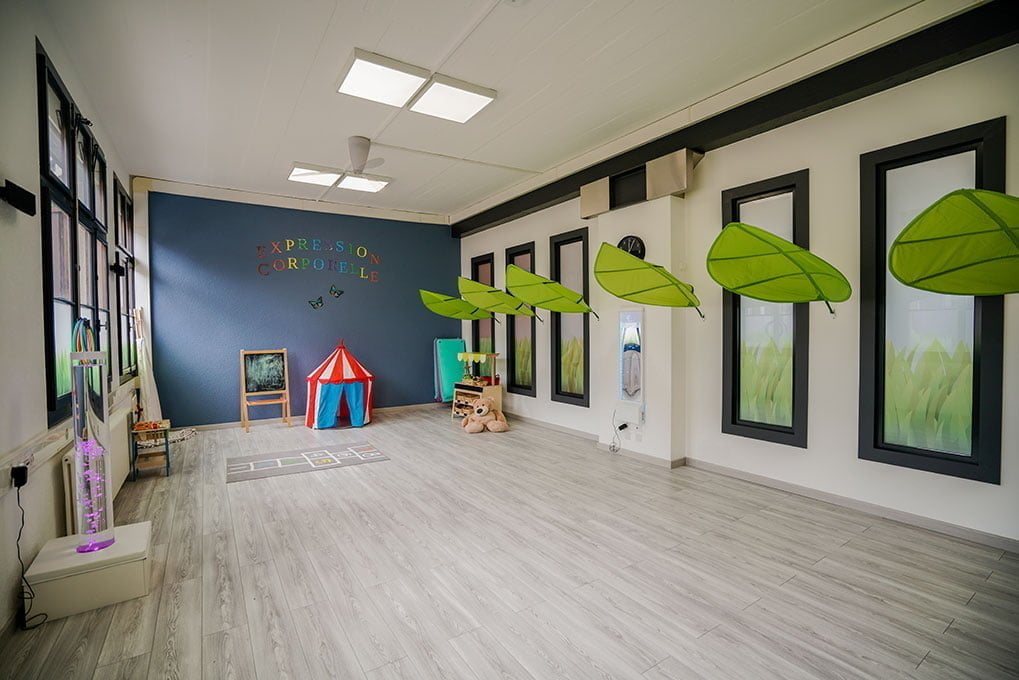
Physical expression classrooms

Canteen and Hall

Pre-School Classrooms

Logotherapy